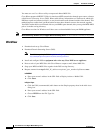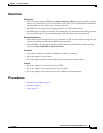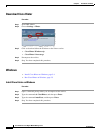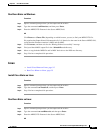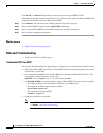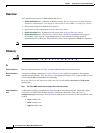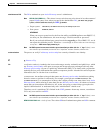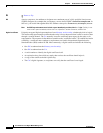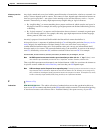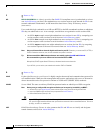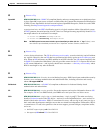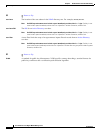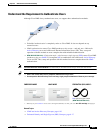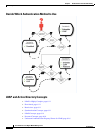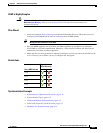
6-4
User Guide for Cisco Digital Media Manager 5.2.x
OL-15762-03
Chapter 6 Authentication and Federated Identity
Concepts
D
Return to Top
DC
domain component. An attribute to designate one constituent part of a fully-qualified domain name
(FQDN). Suppose for example that you manage a server whose FQDN is americas.example.com. In
this case, you would link together three DC attribute-value pairs:
DC=Americas,DC=example,dc=com.
Note An LDAP expression must never include a space immediately to either side of a “=” sign. Similarly, it must
never include a space immediately to either side of an “objectClass” attribute. Otherwise, validation fails.
digital certificate
Uniquely encrypted digital representation of one directory service entity, whether physical or logical.
This trustworthy representation certifies that the entity is not an imposter when it sends or receives data
through a secured channel. The CA normally issues the certificate upon request by the entity or its
representative. The requestor is then held accountable as the “certificate holder.” To establish and retain
credibility, a certificate must conform to requirements set forth in International Organization for
Standardization (ISO) standard X.509. Most commonly, a digital certificate includes the following.
• One DN to authenticate the directory service entity.
• One DN to authenticate the CA.
• A serial number to identify the digital certificate itself.
• An expiration date, after which any entity that receives the certificate should reject it.
• A copy of the certificate holder’s public key.
• The CA’s digital signature, so recipients can verify that the certificate is not forged.



